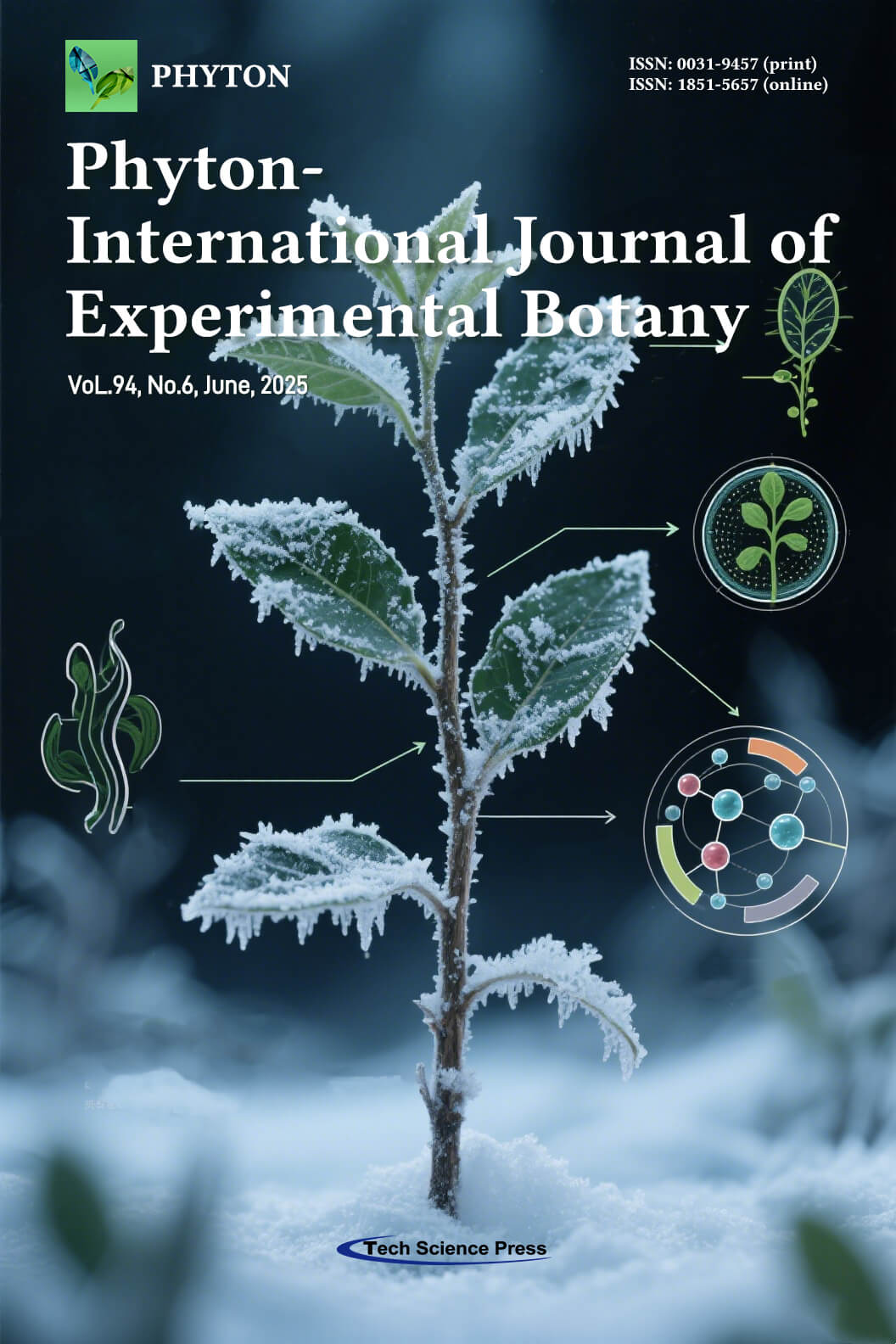
Plants use complex strategies to survive cold stress, preventing ice formation and dehydration through hormonal, light, and genetic regulation. During autumn, they undergo morphological, physiological, and molecular changes to prepare for winter. Key mechanisms include calcium signaling, membrane lipid adjustments, and antioxidant systems that activate gene expression for cold resistance. Endogenous hormones and secondary metabolites also regulate these responses. Understanding these processes is essential for developing cold-tolerant crops and enhancing agricultural resilience, with variations depending on plant type and region. Advancing this knowledge supports sustainable crop production in colder climates.
This cover image was created using Al-generated content from "doubao Al". The authorsconfirm that no human likenesses, copyrighted elements, or misleading representationsare included in the image.
View this paper